When Navjot Singh Sidhu Showed Why He Is Called the “Singh is King” of Commentary
For fans who enjoy Hindi commentary with emotion and depth, the panel has legends like Sunil Gavaskar, Aakash Chopra, and Irfan Pathan. But one name that always stands out is Navjot Singh Sidhu, lovingly called “Sidhu Paaji”.
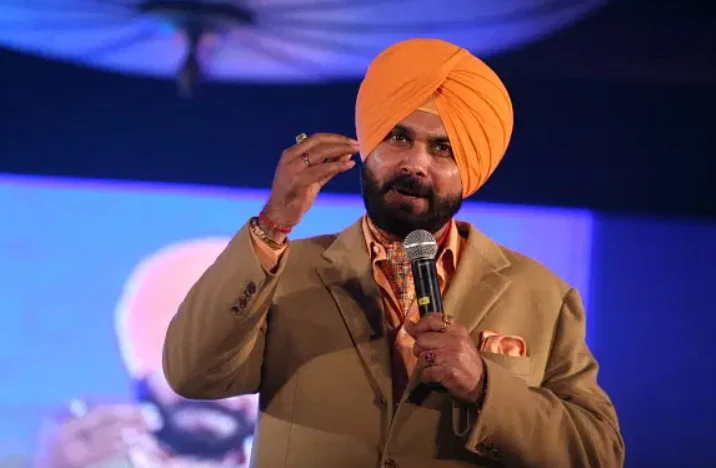
Known for his witty one-liners, poetic style, and old cricket stories, he brings a special charm to the commentary box that reminds fans of the good old days. One such unforgettable moment came when Sidhu had a funny and lively exchange with legendary English cricketer Geoffrey Boycott during commentary. The clash of their strong personalities and different styles created a moment full of humour and energy. It was classic Sidhu, turning even a serious analysis into something entertaining, once again proving why he is called the “Singh is King” of commentary.
When Navjot Singh Sidhu Collided with Geoffrey Boycott
The tale is from the days when Navjot Singh Sidhu had just entered the world of cricket commentary and was paired with former England cricketer Geoffrey Boycott. It was one of Sidhu’s earliest assignments behind the microphone, and while many would have felt intimidated working alongside someone as established and sharp as Boycott, Sidhu decided to stay true to his fearless and humorous personality. Before the commentary began, Harsha Bhogle, one of India’s most respected commentators, advised Sidhu to treat Boycott with great respect.
Boycott had a reputation for being straightforward and occasionally critical of Indian players, which made people cautious around him. But Sidhu, known for his bold nature, had other ideas. He wasn’t interested in just sitting quietly and nodding along. He wanted to make his presence felt. During one of the early morning stints in the commentary box, Boycott made a remark comparing the rising sun to a popular Bollywood actress, Shilpa Shetty. He admired her charm, and this set the stage for Sidhu’s quick-witted response. Sidhu said:
I went for commentary and Harsha (Bhogle) was there. He was talking about Geoffrey Boycott and people expected us to salute Boycott. When I went there, Geoffrey was like ‘Gabbar Sher’. In those days, he was trying to woo Shilpa Shetty. Everybody feared him. He was like ‘Sidhu, ha, ha, ha. How are you?’. I was like ‘I am fine, sir’. He said: ‘Sidhu, look at the morning sun. Look at it. It’s as beautiful as Shilpa Shetty. I told him ‘Sir, Shilpa Shetty smiled at you because she thinks you are her father’s best friend. That’s why’. He was like ‘What happened?’. After those two deliveries went by, I was waiting for him to respond.
When Sir Geoffrey Boycott met Navjot Singh Sidhu 😲 A must watch Banter😅 pic.twitter.com/JZXcWkYFQa
— Richard Kettleborough (@RichKettle07) June 30, 2025
Without hesitation, Sidhu replied with a cheeky remark that suggested Shilpa smiled at Boycott out of polite affection, not attraction. The reply was unexpected and caught everyone off guard. Those around them, including Bhogle, burst out laughing. What was supposed to be a routine commentary discussion turned into a moment of pure comedy. Sidhu didn’t stop there. When Boycott playfully said he had just turned 27, Sidhu responded with another joke, teasing him about needing a fire brigade to blow out the candles on his birthday cake. It was lighthearted, but sharp and entertaining.
These spontaneous jokes and Sidhu’s lively presence changed how people saw him in the commentary world. He had entered the job being paid ₹1.5 lakh per day. But after this stint, where his natural humour stood out, his daily pay was more than tripled. He was soon earning ₹5 lakh per day. For Sidhu, it was a sign that staying original had worked. Instead of trying to copy others or play safe, he chose to bring his flavour to the broadcast and it paid off. Sidhu later explained that he didn’t want to be overshadowed or treated like a newcomer. He further added:
He was like ‘Sidhu, I just celebrated my 27th birthday yesterday’. I was like ‘Yes, Sir Geoffrey, when you celebrated your birthday day before yesterday, the candles cost more than the cake (one candle for each year). And when you lit them up, it was like a prairie fire, they had to call the fire brigade’. When I said that, everybody broke into laughter. I went in with a salary of Rs 1.5 lakh. But, after that commentary stint, my salary was quickly raised to Rs 5 lakh per day. Why? Because I was original, I had carved a niche for myself. I made a lane for myself, where no one was there. I was original.
𝙋𝙀𝘼𝙆 𝙎𝙄𝘿𝘿𝙃𝙐𝙄𝙎𝙈 🔥@sherryontopp rewinds to the early 2000s, roasting #GeoffreyBoycott with legendary flair, a banter that shook the commentary box in the past! 🫣
— Star Sports (@StarSportsIndia) June 22, 2025
Do you still remember this classic banter? 🤔#ENGvIND 1st Test Day 3 LIVE NOW Streaming on… pic.twitter.com/ufj2W3ds0k
He wanted to hold his own and believed in his ability to entertain and inform. That attitude helped him create a space for himself in the commentary box, which is not always easy when you’re working alongside legends. Boycott, on the other hand, was a legendary figure in English cricket. With over 100 Test matches and a long list of achievements, including nearly 50,000 first-class runs, he commanded respect. But even he couldn’t help but laugh at Sidhu’s quips.
Looking back, that moment between Sidhu and Boycott was more than just a funny exchange. It was a turning point in Sidhu’s commentary journey. It showed that he could stand toe-to-toe with the best in the business, not just with cricket knowledge, but with wit and confidence. Not only that, but it became a memorable story of how humour, timing, and being authentic can open unexpected doors and make a lasting impact.
Navjot Singh Sidhu’s Career
Starting the journey from Patiala, Navjot Singh Sidhu’s cricket career was a mix of early struggles, bold comebacks, and a flair that never really left him. He began playing for India in 1983, but his first impression wasn’t great. He was called a “strokeless wonder” during his early Test matches because he just wouldn’t play any aggressive shots. But instead of letting that tag stick, Sidhu came back stronger and louder during the 1987 World Cup.
| Format | Matches | Innings | Not Outs | Runs | Highest Score | Average | Balls Faced | Strike Rate | 100 | 50 | Fours | Sixes | Catches |
|---|---|---|---|---|---|---|---|---|---|---|---|---|---|
| Tests | 51 | 78 | 2 | 3202 | 201 | 42.13 | – | – | 9 | 15 | – | 38 | 9 |
| ODIs | 136 | 127 | 8 | 4413 | 134* | 37.08 | 6329 | 69.72 | 6 | 33 | 335 | 44 | 20 |
| First-Class (FC) | 157 | 228 | 12 | 9571 | 286 | 44.31 | – | – | 27 | 50 | – | – | 50 |
| List A | 205 | 191 | 19 | 7186 | 139 | 41.77 | – | – | 10 | 55 | – | – | 31 |
That tournament changed everything for him. He scored four back-to-back fifties and completely flipped the public perception, and suddenly, the man who was once criticised for being too defensive was now seen stepping out of his crease, lofting bowlers over the field, and batting with confidence. That spark stayed with him throughout his career.
Sidhu went on to play 51 Test matches and scored over 3,000 runs. His standout moment came in 1996 when he scored a double century against the West Indies. That inning wasn’t flashy, as it was pure patience. He stayed at the crease for over 11 hours, showing he could grind it out just as well as he could attack.
In one-day cricket, he played 136 games and scored more than 4,000 runs. He wasn’t the fastest scorer of his time, but he was reliable and knew how to build an innings. He scored six hundreds and more than thirty fifties in ODIs, and if the spinners came on, Sidhu would often charge down the track and put them under pressure. Likewise, he loved going after slow bowlers and didn’t care if it was someone as big as Shane Warne. If Sidhu was set, he was going to dance down the pitch.
What made Sidhu different was his attitude. He was emotional, loud, expressive, and never afraid to be himself. That carried over into his commentary career as well. After retiring from cricket in the late 90s, he picked up the mic and quickly became one of the most recognisable voices on television. His lines were funny, dramatic, and completely unpredictable, as people either loved them or hated them, but no one could ignore them.
Sidhu didn’t bowl much, wasn’t the most agile fielder, and had his fair share of off days. But when he was in form, he brought energy to the game and his six-hitting ability, especially against spinners, and his habit of talking with his bat made him a crowd favourite. And later, his television appearances, both in cricket and beyond, only added to his personality.
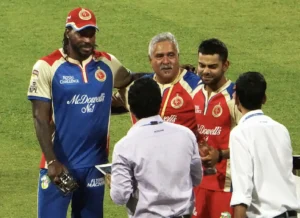
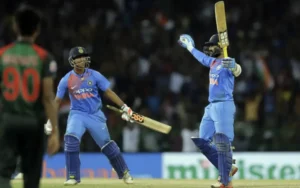
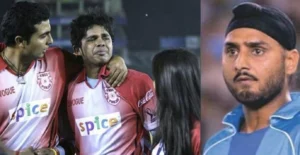
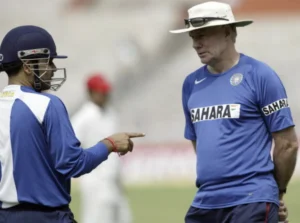
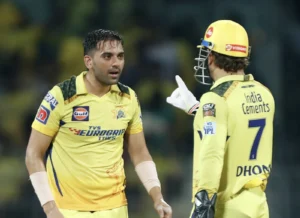
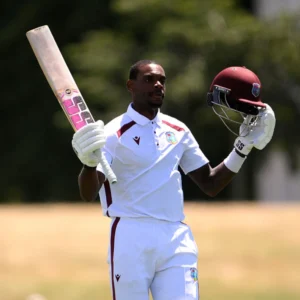
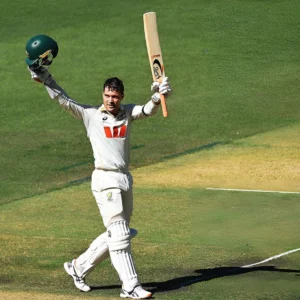
Comments